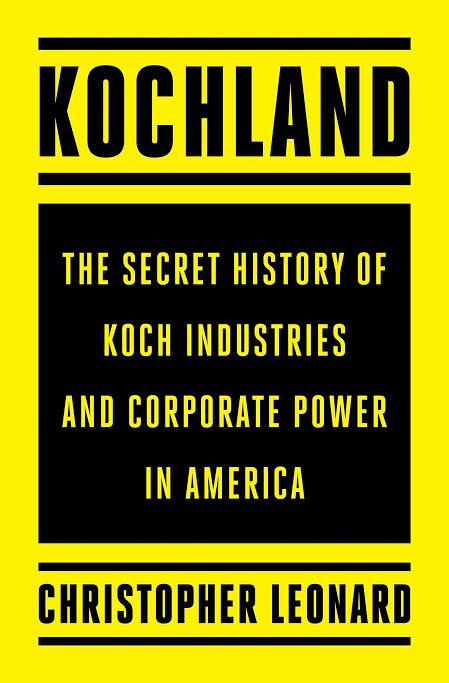
If you were born after the 70s, you probably think of Intel as a giant that has always dominated the microprocessor industry. But late in 1979, it almost got knocked out completely. This is the story of Operation Crush, that planted the seed for Intel's massive success. 👇
It is also an object lesson in marketing - one that is much better understood today than it was then. That people don't buy products. They buy solutions to their problems. In Ted Levitt's words: people don't want to buy a quarter-inch drill. They want a quarter-inch hole.
In 1971, Intel had kicked off the microprocessor revolution with the introduction of its 4-bit device, the 4004. And in the race they were joined by National Semiconductor, Texas Instruments, Motorola, and a clutch of other players. 

By June 1978, Intel was again in the lead as it announced the world's first 16-bit microprocessor. The now iconic 8086. It was new. It was sexy. And it rocked the microprocessor world.
But the microprocessor industry was intensely competitive. And there was a formidable competitor, Motorola! While most of us think of Motorola as a cellphone maker, it was also an important player in the microprocessor industry. It's most well-known customer being Apple.
As it turned out, Motorola had also been racing to build a 16-bit microprocessor. But when Intel got to market first, Motorola pulled off the next best thing. Close on Intel's heels, it brought out a product that was technically superior to the 8086, the Model 68000.
As 1978 rolled over to 1979, Motorola started winning against Intel. On November 2nd, a desperate 8 page memo came in to Intel HQ from the field, that they were losing sales to the 68000, which was a better chip and easier to program. A disaster was unfolding.
Why should some lost sales be such a disaster? Back then, customers were appliance makers. Your chip got designed into these appliances or they did not. One design win meant years of sales. Every lost sale meant you possibly got locked out of that product for years.
While everyone else at Intel was terrified, Andy Grove, then the chief operating officer, just got angry. Nobody was going to beat Intel at microprocessors. But it was too late to re-engineer the 8086. A radically different approach was needed. 

By December 4th, a massive survey of the Intel sales force had been completed and a crack team of Intel's top marketers were huddled in a meeting room, figuring out a solution to this existential threat.
Having agreed that Motorola's was the superior product, the team decided it needed to figure out how to convince customers to buy an inferior product, theirs. The answer, don't compete on technical specs at all.
The team realized that their customers were not necessarily looking for the best processor. They were more concerned with the getting these chips into their devices with the least effort, and with having the peace of mind that they'll be well supported over the years.
So Intel decided to redefine what they were selling. They figured they could sell a "solution" instead. Supporting chips for the main microprocessor. Design tools that helped with product design around their chips. And the promise of Intel's reputation of quality and innovation.
They changed the game. Within weeks, the entire marketing collateral was updated, technical articles were written, new data sheets were prepared, a new advertising campaign was designed and over fifty customer seminars were presented.
This started to turn the tide for Intel. Orders started flowing. And then, luckily for them, Motorola panicked. Instead of sticking to their pitch of product superiority, Motorola tried to mimic Intel's "solution" pitch. Unfortunately, they didn't quite have the extras Intel had.
By deciding to compete with Intel on the metrics of its choosing, instead of sticking to their own strength, Motorola lost the battle. Intel survived. As orders grew, the sales team got excited and motivated to take more risks.
And from that renewed aggression came a sale that would catapult Intel into a league of its own - the processor of choice for the coming PC revolution. But that's a story for another time.
I read this story in Michael Malone's The Intel Trinity. A fast-paced thrilling history of the making of Intel and of Silicon Valley. 

• • •
Missing some Tweet in this thread? You can try to
force a refresh





